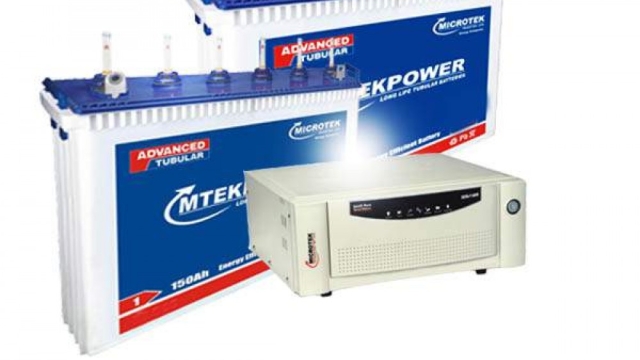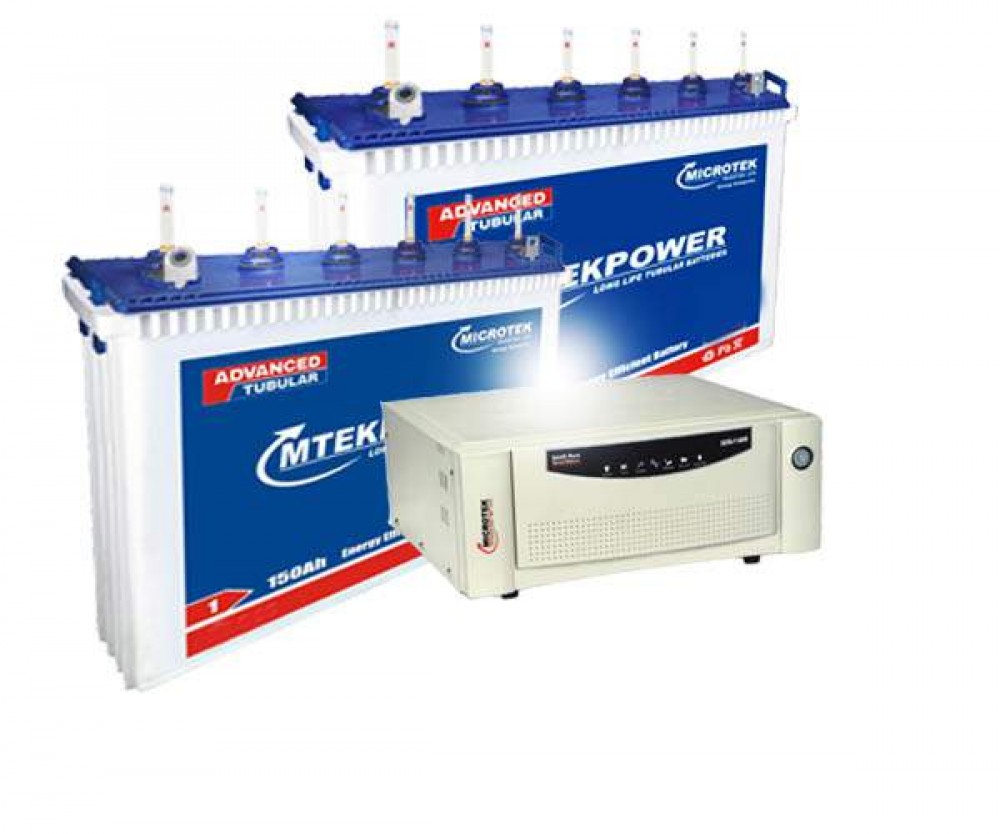
Power Play: Unleashing the Potential of UPS Batteries for Uninterrupted Energy
Ryan Flores -
In an increasingly digital world where we rely heavily on technology, the demand for uninterrupted power supply has never been more critical. For both homes and businesses, the ability to maintain reliable energy flow is paramount to protecting valuable equipment and ensuring seamless operations. This is where UPS batteries come into play, acting as the unsung heroes in the realm of power management. By providing a backup source of energy during electrical outages, these batteries can safeguard sensitive devices, preserve data integrity, and keep essential systems running during unexpected interruptions.
Understanding the potential of UPS batteries goes beyond mere convenience; it speaks to the heart of resilience in our infrastructure. With advancements in battery technology, modern UPS systems are more efficient, longer-lasting, and capable of offering superior performance tailored to various needs. Whether you are looking to protect critical IT systems in a corporate office or keep essential electronics running in your home, harnessing the full capabilities of UPS batteries can dramatically enhance your energy reliability strategy.
Understanding UPS Battery Technology
UPS batteries, or uninterruptible power supply batteries, play a crucial role in ensuring continuous power during outages or fluctuations. These batteries are designed to provide immediate backup when the main power source fails, preventing disruptions to essential equipment. Understanding the technology behind UPS batteries is vital for selecting the right system for your needs.
There are different types of UPS batteries, primarily including lead-acid and lithium-ion. Lead-acid batteries are the traditional choice due to their reliability and cost-effectiveness. However, lithium-ion batteries are gaining popularity due to their longer lifespan and higher energy density, allowing for more compact designs. Each type has its own advantages and disadvantages that influence both performance and longevity.
The capacity of a UPS battery is measured in volt-amps (VA) or kilovolt-amps (kVA), which indicates the load it can support. Users must evaluate their equipment’s requirements to choose a UPS system with the appropriate capacity. Furthermore, the runtime is also affected by battery age, temperature, and load, making regular maintenance and monitoring crucial for optimal performance.
Benefits of Using UPS Batteries
Using UPS batteries provides essential backup power during unexpected outages, ensuring that critical systems remain operational. This is particularly important for businesses that rely on continuous uptime to avoid loss of data, customer trust, or financial resources. By investing in UPS batteries, organizations can bridge the gap between power failure and restoration, minimizing disruption and maintaining productivity.
Another significant benefit of UPS batteries is their ability to protect sensitive equipment from power surges and fluctuations. Unlike traditional power sources, UPS systems ensure a steady and clean power supply, preventing damage to computers, servers, and other electronic devices. This protective feature prolongs the lifespan of equipment, reduces maintenance costs, and contributes to a more reliable operation overall.
Moreover, UPS batteries enhance energy efficiency and contribute to a more sustainable operational approach. Many modern UPS solutions offer smart management features that optimize energy consumption and can be integrated with renewable energy sources. This not only helps in reducing the carbon footprint but also positions organizations as environmentally conscious, which can be a competitive advantage in today’s market.
Best Practices for UPS Battery Maintenance
Maintaining your UPS batteries is crucial for their longevity and performance. Regular visual inspections are essential; check for any signs of physical damage, leakage, or corrosion. Ensure that the terminals are clean and free from dust and dirt, as these can impact connectivity and efficiency. Take note of any warning lights or alerts on your UPS unit, which can indicate issues that require immediate attention.
Temperature control plays a significant role in the health of UPS batteries. Ideally, batteries should be kept in a cool, dry environment to prevent overheating and extend their lifespan. Avoid placing the UPS in direct sunlight or near heat sources, as elevated temperatures can accelerate battery deterioration. Additionally, monitoring the battery charge levels during routine checks can help you identify any inconsistencies that may signal a decline in performance.
Finally, regular testing and proactive battery replacement are vital. Conduct periodic tests to assess the backup time and overall functionality of the batteries. Follow the manufacturer’s recommendations for replacement intervals, typically every 3 to 5 years, depending on usage. Keeping accurate records of maintenance and performance can help you make informed decisions about when to service or replace your UPS batteries, ensuring uninterrupted energy supply when you need it most.
You may also like
Archives
- December 2025
- November 2025
- October 2025
- September 2025
- August 2025
- July 2025
- June 2025
- May 2025
- April 2025
- March 2025
- February 2025
- January 2025
- December 2024
- March 2024
- February 2024
- January 2024
- December 2023
- November 2023
- October 2023
- September 2023
- August 2023
- July 2023
- June 2023
- May 2023
- April 2023
- March 2023
- February 2023
- January 2023
- December 2022
- November 2022
- October 2022
- September 2022
- August 2022
- July 2022
- June 2022
- May 2022
- April 2022
- March 2022
- February 2022
- January 2022